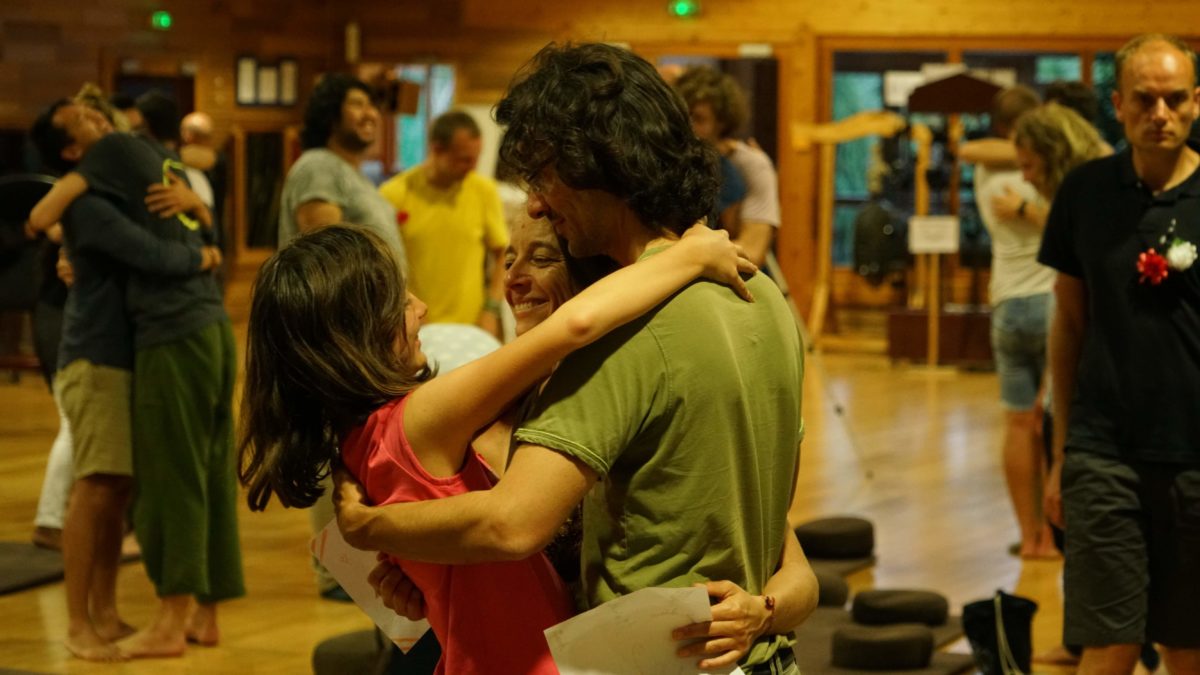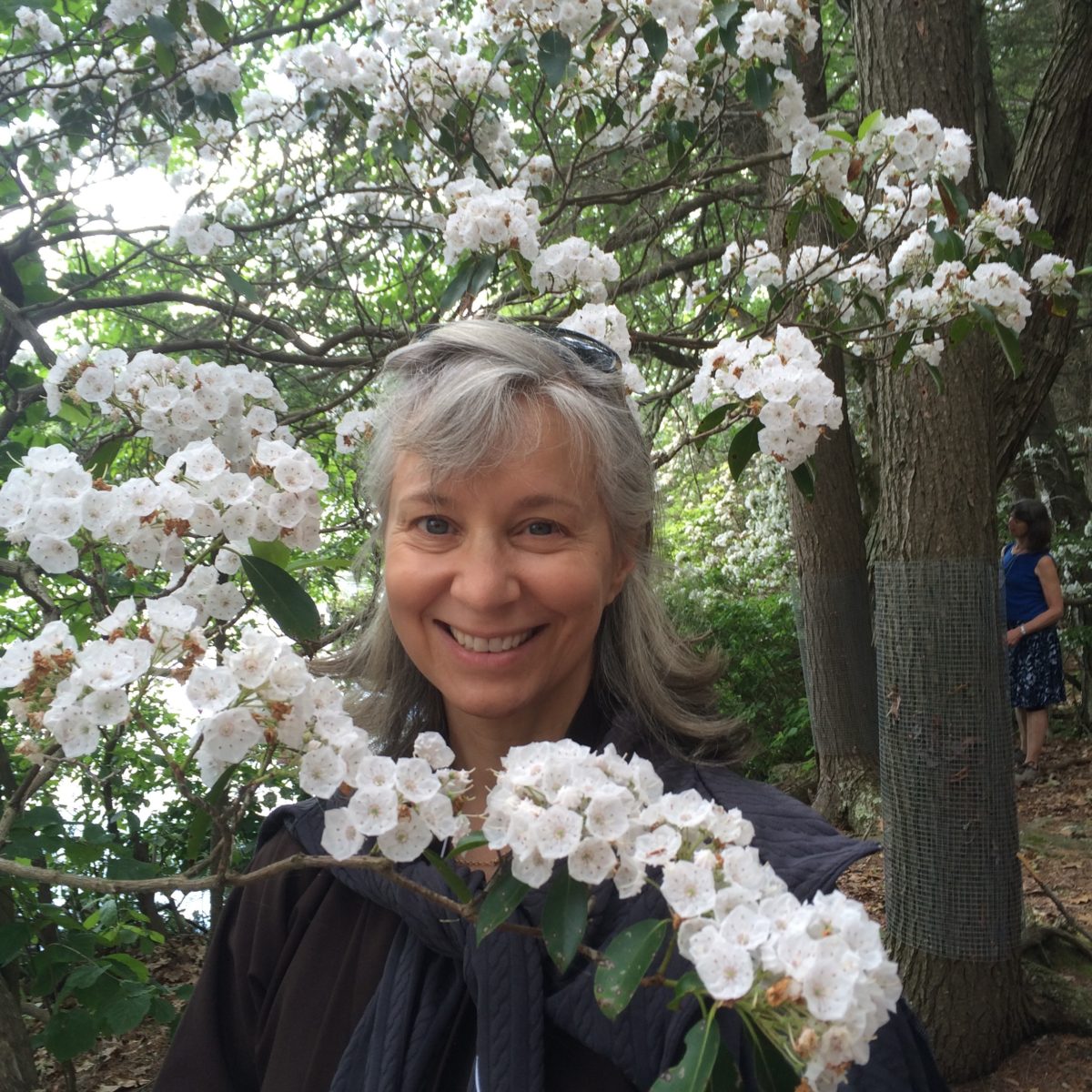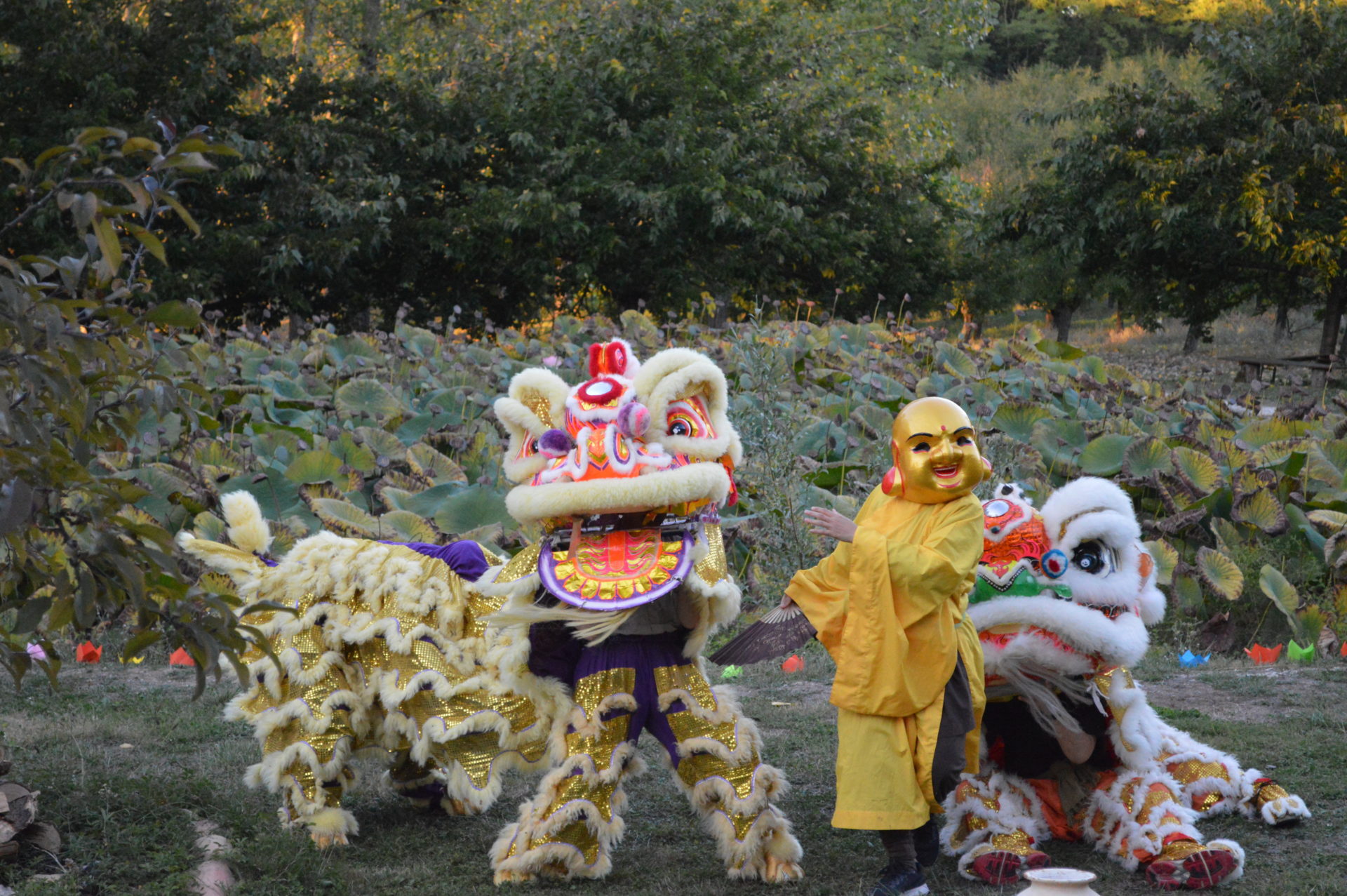By Celia Landman

I came by my temper in the traditional way, handed down as a family heirloom. As a child, I didn’t understand that rage was a cry of despair and helplessness. Anger is a secondary emotion—there’s something beneath it, driving it. In rage, the energy of hatred exists. Rage is a last resort.
By Celia Landman

I came by my temper in the traditional way, handed down as a family heirloom. As a child, I didn’t understand that rage was a cry of despair and helplessness. Anger is a secondary emotion—there’s something beneath it, driving it. In rage, the energy of hatred exists. Rage is a last resort. It’s frustration and powerlessness spilling out and all over others. Patterns of abuse make for what is termed “complex trauma” in psychology. This happens when encountering abuse at different developmental stages.
Rage is abuse, and a lot of abuse occurred in my home. The effects manifest differently for different folks, but vigilance is always there. I learned to notice the edge of irritation in speech, the warning timbre of the barely contained tsunami, the slight closing of the eyes, and the downturn of the lip. Without having to make any effort I can see accelerated movements, and hear the slamming of cabinet doors and the clunk of keys tossed in disgust.
As an adult, I found myself infuriated when others around me became angry. I couldn’t tolerate their anger. I had out-of-proportion reactions to criticism from men, especially older men. A reprimand from an authority figure would have me in certain tears I couldn’t stop. I cried, sometimes for days, feeling like I was being hunted and woke up knowing the worst was going to happen. The worst was the sure feeling someone was going to get me, and I deserved it. I had to be very careful.
The first time I raged at my daughter, I was trying to work on the computer. She wheedled and cried, wanting me and my attention. My annoyance—fueled by obligation, irritation, and fear—leapt up. “Get away from me!” I screamed. “Leave me alone!” I felt like she was killing me. Her little mouth opened in an O and she froze, a look of shocked hurt on her face. Then came the cry, from deep in her chest, her cry of pain. It brought me back. I knew what that felt like.
I cried, too, knowing the pain I had caused—the pain, humiliation, and fear. I would like to say it stopped me from raging, but it didn’t. I couldn’t stop. I didn’t know about neuroreceptor sites and how repeated behavior creates chemical addiction in the body. I didn’t know anger and rage are rewarded with dopamine, the same way cocaine and alcohol reward the addict. I didn’t know that not being able to stop a behavior is called addiction.
The first time I went to Sangha, we read the Five Mindfulness Trainings. The line that caught me was, “When anger is manifesting in me, I am determined not to speak. I will practice mindful breathing and walking in order to recognize and to look deeply into my anger.” That sentence could have been written in Vietnamese: I had no idea what that meant. It sounded impossible. I mean, who does that? What did that even look like?
My rages continued, like my ancestors, with the exception that I apologized. I felt the shame of raging. I saw the fruit of the rage in my siblings, the feelings of unworthiness, and the fierce anger that was nurtured in all of us. When my daughter was six, I said I was sorry for another angry outburst. She looked me and said, “You always say you’re sorry, but you still yell.” She was right. In Sangha, I learned that what we don’t transform, we transmit. I was teaching rage to the next generation. I decided I wasn’t going to carry this inheritance forward. It would end with me.
I got my opportunity to put this into practice quickly. My kids made some mess and left it. It was the end of a long day, and I was tired. The spill, ugliness, and obligation were there. I felt the familiar feelings rise in me, welling up, my rage coming to the surface. I couldn’t be near this mess and keep it together. Without a word, I walked out the door into darkness. Rain fell. Every cell in my body screamed for release. I took a step and felt my foot on the ground. I breathed. The rain hit my cheeks like someone else’s tears. I took another step. I couldn’t hold this feeling. It was too big. I couldn’t do this. I felt like I was tied to a chair, restrained. I wanted that rage so badly. It was a hunger in my body, the need to discharge this burden. “Take a step. Breathe,” I said. “Just this one. Just this one.”
I don’t know for how long I walked and breathed. It felt like a lifetime. When my rage stopped, I was outside in the cool air breathing, feeling a new feeling, sadness—like no one cared about me. No one saw me, including myself. The little girl who wasn’t protected was there, telling me she needed attention. She needed me to see her. The next time I broke the chain of rage it was just as hard, but I lived through the first time, so I knew I could do it. The third time was easier. Each time, I remember I shouldn’t speak when I’m in the grip of this fury. There’s too much at stake.
When my daughter was fourteen, she went away with her friend Emily to Florida. “How was it?” I asked when she returned. “It was hard. Emily’s mom yells all the time.” She handed me her pile of dirty laundry. “You don’t yell.” I looked at her, a teenager with a spray tan and synthetic nails I didn’t approve of. Did she not remember, or was I that changed? I was now the mother who doesn’t yell.
Mindfulness enables me to notice my feelings, the creeping irritation, the sadness, the loneliness, and the overwhelm. It lets me hold the hand of the little one who didn’t get shielded and who faced the fury, hatred, and rage alone. When she’s scared, I can help her. We help each other. I know the rage isn’t my fault. My ancestors aren’t at fault either. They didn’t know how to handle the distress that roared from them and the despair for a life that looked nothing like what they wanted.
Now I’m aware of sensations in my body. I stop. I hear the cry of need in me before it escapes as pain in those around me. My rage is cooled enough to see the loneliness and helplessness beneath it. I wish this could have happened for the long lineage of my predecessors who raged in frustration and pain. But now, my children have a different legacy.

Celia Landman, True Precious Altar, enjoys practicing with the Earth Holder Sangha in Southbury, Connecticut, US, and is delighted to share her practices for living peacefully and caring for ourselves with teachers, students, and all beings who feel afraid. She has a Master's degree in Mindfulness Studies at Lesley University.

